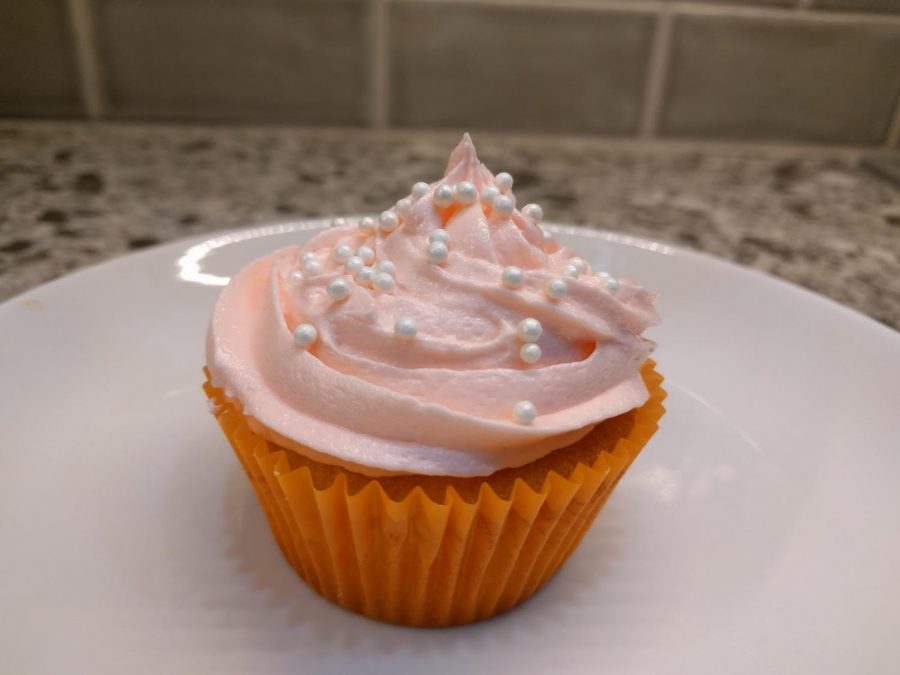Clever Baking Hacks To Fix Common Baking Problems
Baking is chemistry, and has many opportunities for mistakes. Here are some tips and tricks on how to fix common baking problems.
These hacks can help you take your home baking to the next level.
March 19, 2021
Dry Cake
A dry cake can result from a few things. Even a few extra minutes in the oven could dry out your cake. A dry cake can be unpleasant to eat, which is not a feeling you want when baking. One way you can rehydrate your cake is with a simple syrup. A simple syrup is exactly what it sounds like: just drizzle or brush the syrup on your cake and let the cake absorb it. This will return some moisture to your cake.
Click here for a recipe for simple syrup.
Messy Cake Plate
A messy cake plate can make your work look unprofessional. You can avoid this by using parchment paper to avoid a mess while you frost your cake. Cut four one-inch strips of parchment paper and lace the strips in a square shape on the cake plate. Then, place the cake on the cake plate and continue frosting like normal. Once you are done frosting, carefully pull the parchment paper from underneath the cake. This will keep your cake plate free of extra frosting and make your cake look professional.
Collapsed Cake
To prevent a cake from collapsing in the first place, make sure your ingredients are fully incorporated. If they are not fully incorporated, they can create pockets which can cause a cake to collapse. Another reason a cake may collapse is if it is underbaked. If it is not baked properly, lower the oven temperature by 75 degrees, put the cake back in the oven, and let it bake until it is fully cooked. If your cake is fully cooked but still sunken, you can fill the gap in the middle with frosting to even out the cake.
Bread Dough Not Rising
Most home bakers don’t have a proofing box, so they proof their bread dough outside or in a warm place at home. Proofing is the process where the yeast in the dough, when exposed to a warm temperature, releases carbon dioxide that raises the dough. Leaving the dough outside or in a warm part of the house can take a while, but a proofing box speeds up the process. Sometimes your house or backyard just isn’t warm enough to make the dough rise. Luckily, you can easily make a proofing box in your own oven. Just boil a pot of water and place it in the oven. Then, place your bread inside, and it works just like a normal proofing box.
These hacks can make your baking delicious and visually appealing, and make the process more convenient.














